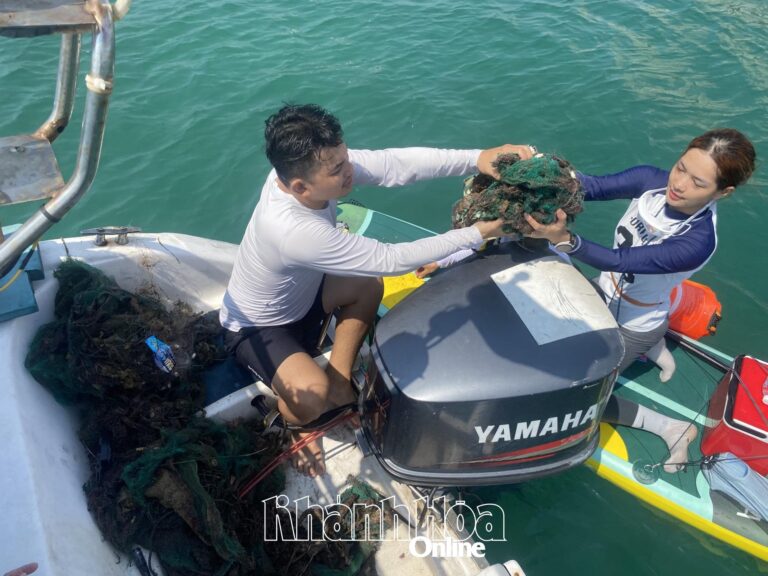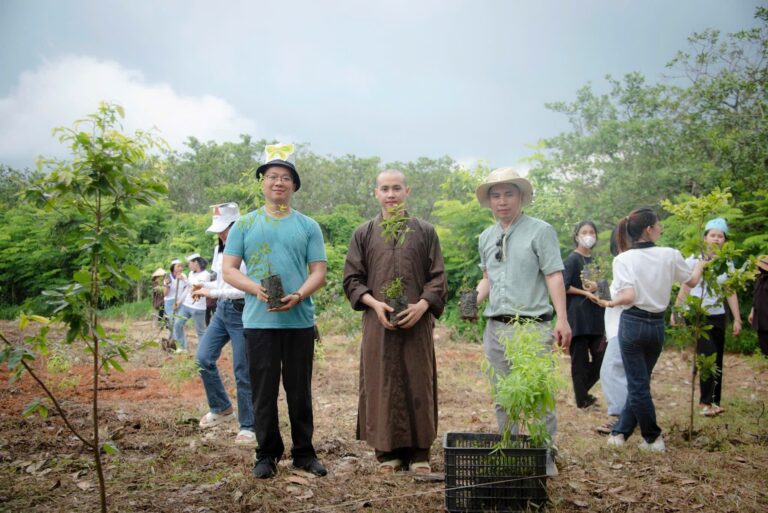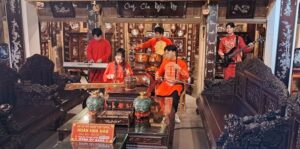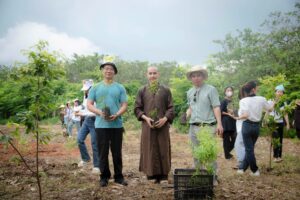Deputy Prime Minister Tran Hong Ha has approved the submission of a dossier to seek UNESCO recognition for “the art of Cheo” as an Intangible Cultural Heritage of Humanity.
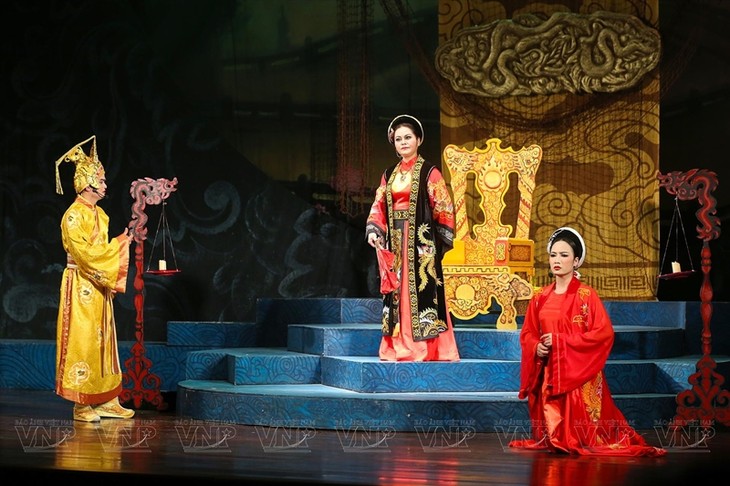
(Photo: vietnam.vnanet.vn)
Cheo is a traditional form of Vietnamese stage art which is popular in community activities and folk festivals to show gratitude to the genies for a bumper crop.
Cheo originated in the former capital of Hoa Lu in the northern province of Ninh Binh in the 10th century, flourished throughout the Red River Delta, and eventually spread to the northern mountains and the north central region.
Although Ninh Binh is the original land of Cheo, it is Khuoc village in Thai Binh province that stages the most Cheo performances and preserves many unique Cheo plays.
“Khuoc has 18 ancient Cheo melodies that even a professional Cheo troupe outside the village does not have. The rhythms are different and difficult to sing,” Emeritus Artisan Pham Thi Cay said.
Cheo melodies often use multiple voices, lyrics with multiple meanings, and symbolic narratives. They depict the humble life of farmers and praise good personal traits. Cheo plays can be satirical and critical of bad habits and denounce injustice, while promoting love, tolerance, and forgiveness.

Emeritus Artisan Pham Thi Cay (Photo: Huu Truong)
In the past, Cheo was often performed in communal house yards, pagodas, and the houses of noble families. A Cheo stage was often just a mat spread in the middle of the yard with a curtain hanging behind it. Artists performed on the mat while musicians sat on either side of the mat, and the audience sat all around them.
Nowadays, Cheo is performed on raised stages with the support of modern sound and lighting systems. The trend of theatricalization has led to the modernization of Cheo plays to reach a wider audience.
A Cheo performance requires the artists to combine singing, dancing, and acting accompanied by drums, the wooden bell, the bamboo flute and the two-string fiddle.
“Cheo is a musical game and must be performed at a festival. Cheo is a singing genre that combines different folk songs of the Red River Delta, such as Xoan singing, ceremonial singing, Gheo songs, and Quan Ho folk songs. Those features bring Cheo closer to the audience,” Associate Professor Dr. Ha Thi Hoa from the National University of Arts Education noted.
About seeking UNESCO recognition for Cheo as an Intangible Cultural Heritage of Humanity, Ms. Hoa said, “This is a very good opportunity to promote Vietnamese culture to the world. Cheo is imbued with Vietnam’s cultural identity. This will encourage artists, artisans, and researchers to improve their knowledge and make the community aware of the importance of preserving and promoting the art of Cheo.”


